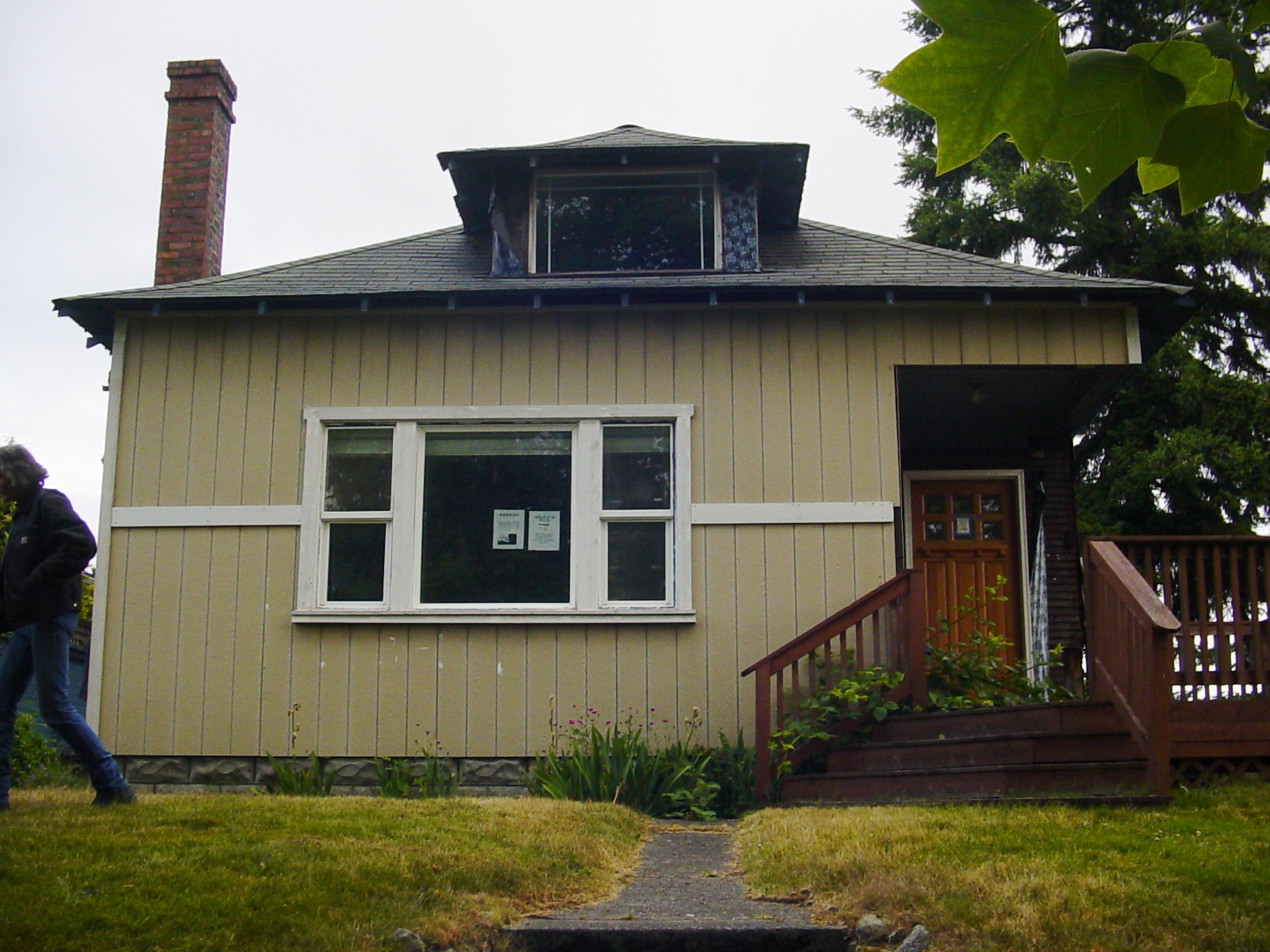Replacing Your Wood Windows with Vinyl? Not So Fast!
In Tacoma, and across the country for that matter, many home owners believe vinyl windows are an inexpensive solution to replacing deteriorating, wood windows. Contrary to popular belief, we now know that the replacement of wood windows can be a costly mistake.
“Most will agree that original wood windows are important architectural features in any historic structure, says Tacoma Real Estate Agent Jeff Williams of South Sound Property Group. “They are the ‘eyes’ of the building. They convey a sense of craftsmanship and detail that cannot be achieved with substitute materials.” In addition to being a Realtor, Jeff Williams has extensive experience flipping and renovating historic homes. As a board member of Historic Tacoma and a long time restorer of historic homes, Jeff is frequently asked by friends and clients about restoring their houses.

Jeff admits that windows should be replaced if they begin having operational problems: they stick or rattle, latches break, glass is broken, sash cords break and the windows have to be held open with a stick, let in outside air, or need to be painted. However, “These problems are the simplest, most cost-effective to fix,” he says. “More often than not, windows can be easily repaired to operate correctly and last another hundred years.”
According to Jeff, here are just a few of the problems associated with vinyl windows, and why they’re not “maintenance-free.”
- While it’s true that they don’t require painting, they are not a rigid material like wood, thus they shrink in cold weather, and expand in hot weather. Vinyl begins to soften and distort at 165 degrees Fahrenheit (a temperature that’s easily reached in the space between a window and drapes on a sunny day). And though all windows expand and contract with temperature changes, vinyl expands more than twice that of wood. It expands seven times farther than glass with each degree of temperature. This causes the seal between the vinyl framework and the glass to fail. The problem increases with the size of the window; the bigger the sash, the sooner it fails.
- Vinyl windows have only been around about 20 years. Will they survive for a hundred? No one knows, but studies prove that many of the windows installed since the early 1980s are failing at an alarming rate. According to the International Association of home inspectors, vinyl windows are expected to last between 15 and 20 years. To make matters worse, vinyl windows can’t be repaired.
- A big selling point of vinyl windows is double or triple glazed (insulating) sash (two or three panes of glass). These units are manufactured with desiccant filled spacers between the glass panes and sealed on the outside with butyl rubber or silicone. All insulated glass units eventually fail because no sealant stops all moisture penetration. Eventually the desiccant absorbs all it can, and the window becomes cloudy, forever. Conventional wisdom indicates that only marginal heat loss is recovered using insulated glass. As much as 85% of air infiltration (or heat loss) is around the edges of the sash, not through the glass. Energy savings realized by replacing single-glazed windows with insulated windows seldom justifies the replacement cost. Another study indicates it would take more than 50 years to recover the expense; and with an average expected life of 25 years or less, insulated glass units hardly make economic sense.
- Consider the overall energy efficiency. According to a study by Preservation Green Lab issued in October 2012, a single glazed wood window with a fitted storm window reaches 92% of the efficiency of a vinyl window (see chart below). Plus wood lasts 6-8 times longer than vinyl, so the small gain in energy efficiency is lost in replacement cost.
With the aforementioned problems associated with vinyl windows, it’s clear that vinyl replacement windows aren’t a cost effective long term solution. According to Mark Huppert, technical director of the Preservation Green Lab, “a number of existing window retrofit strategies come very close to delivering the energy benefits of high-performance replacement windows – at a fraction of the cost, from weather stripping and sealing, to installing exterior storm windows or interior cellular shades, almost every retrofit option offers a better return on investment than outright replacement.” Jeff’s rule of thumb is the 50% rule. If a window sash is less than 50% deteriorated, it probably is cost effective to repair. If more than 50% deteriorated, replace it with a new wood sash window that matches the existing window.
